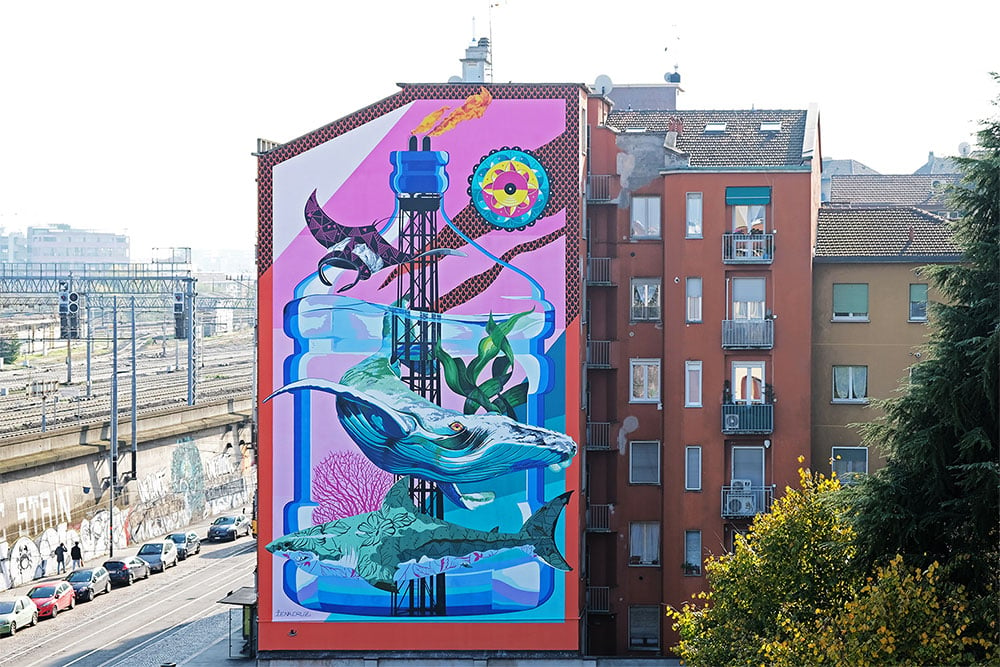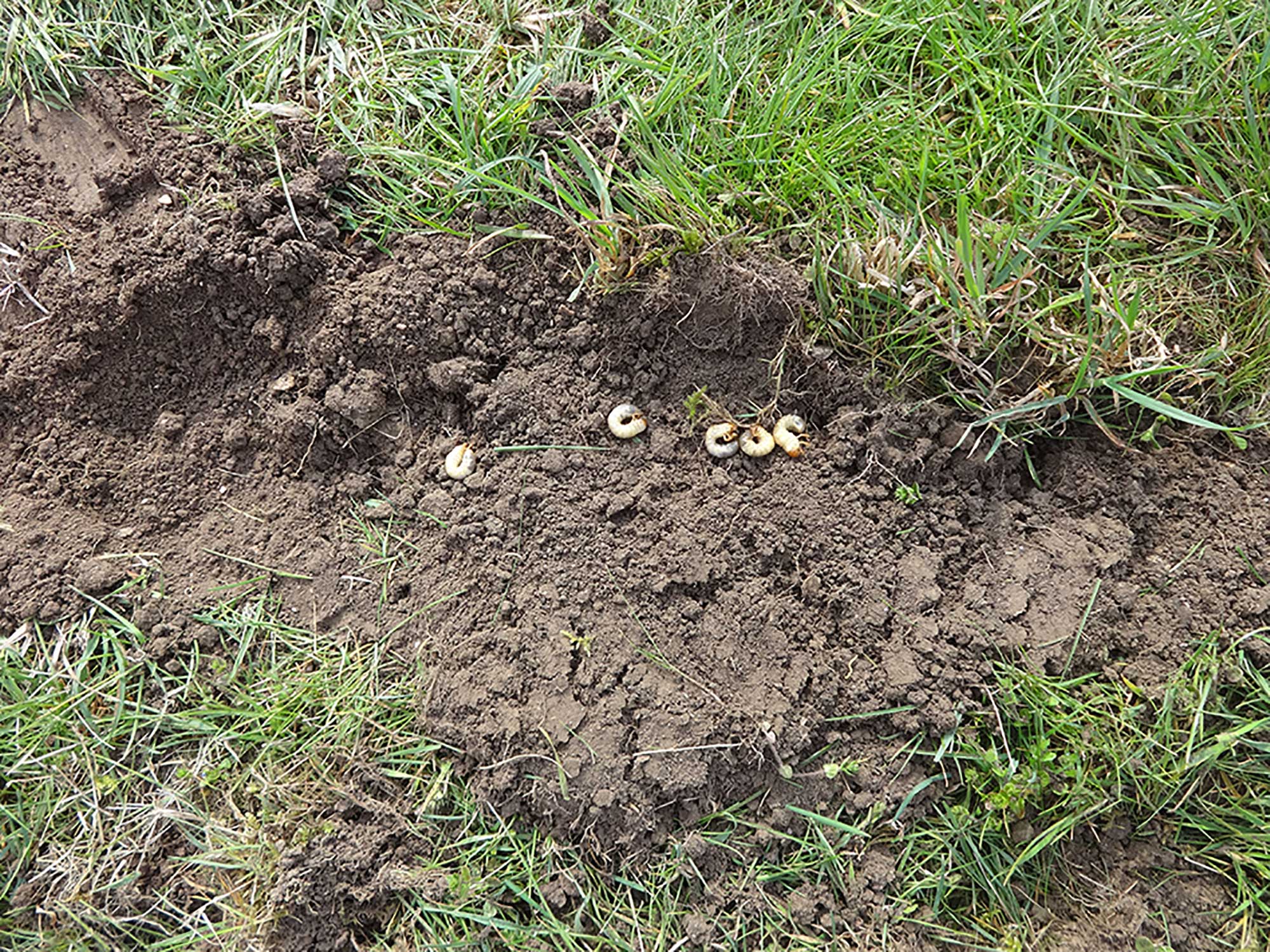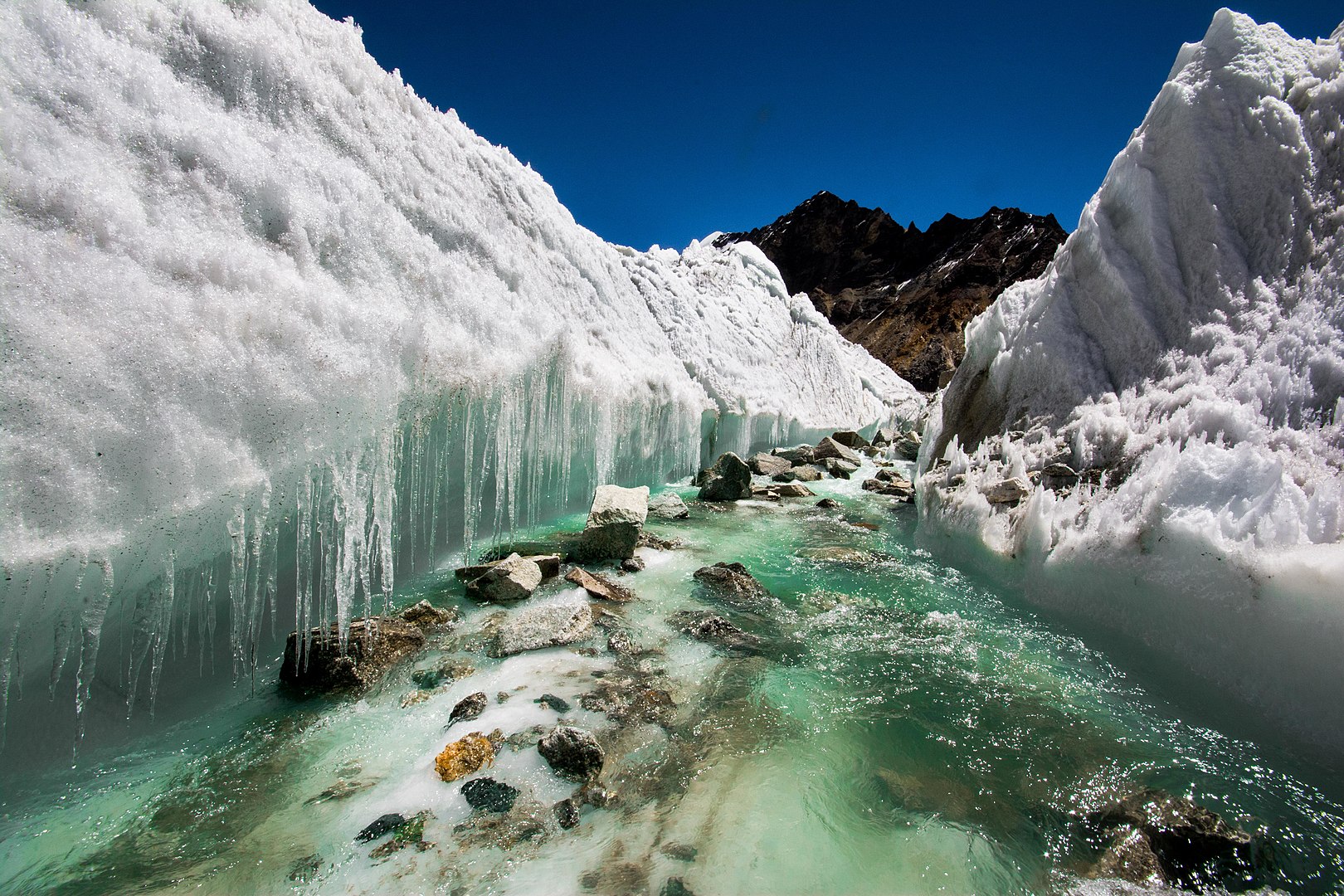The paints that eat pollutants and heat homes
Applying a coat of paint on the walls of a house may soon help to heat it, saving energy and reducing CO2 emissions. It could also clean the air that we breathe, breaking down chemicals and pollutants, and eliminating harmful pathogens. In Europe, half of cities’ annual energy consumption goes to heating and cooling. Despite the EU’s … Read more






